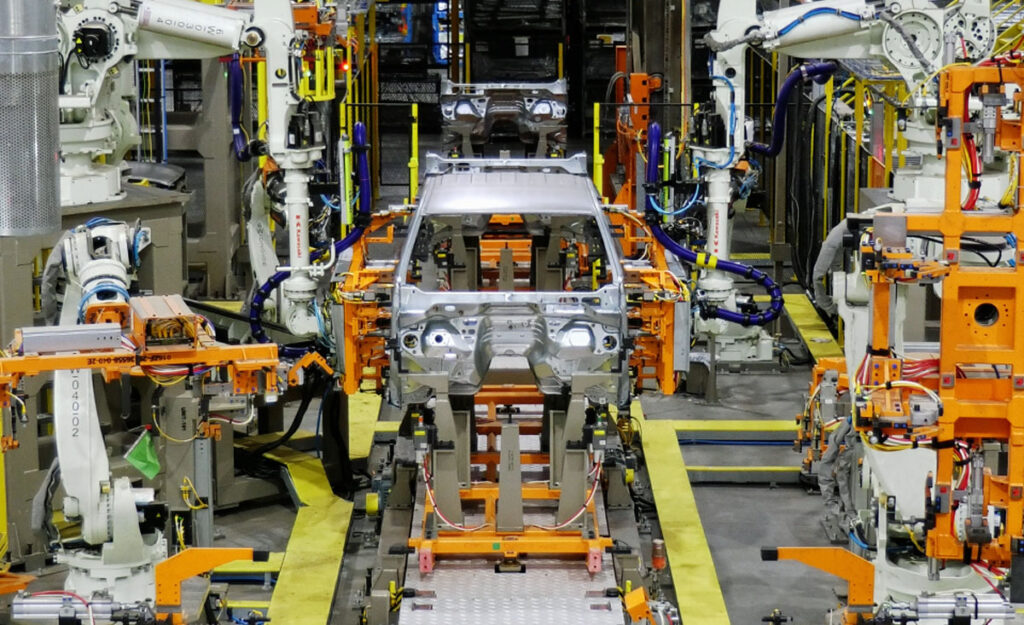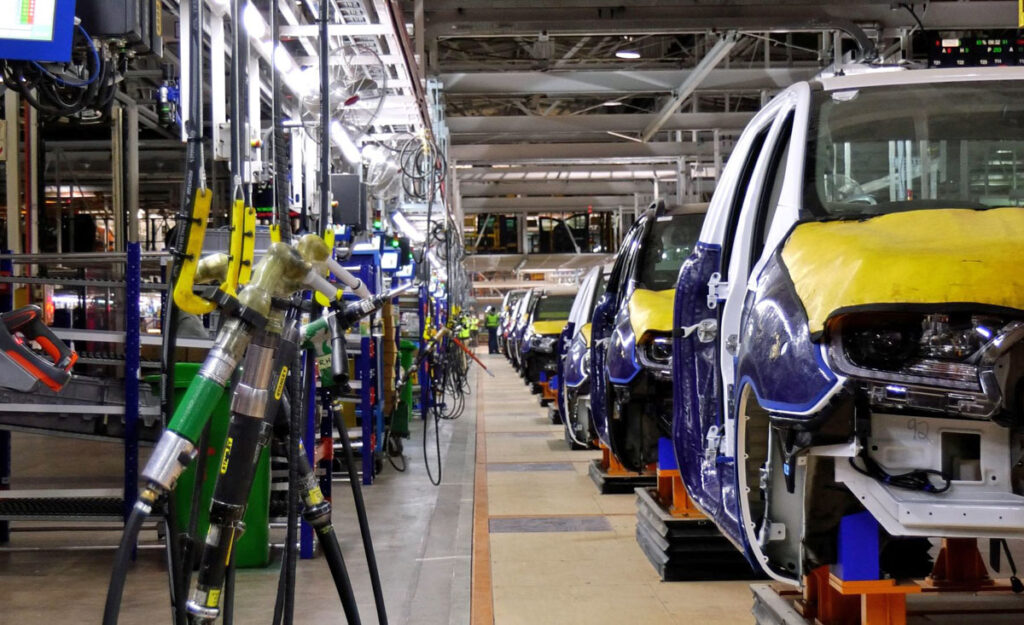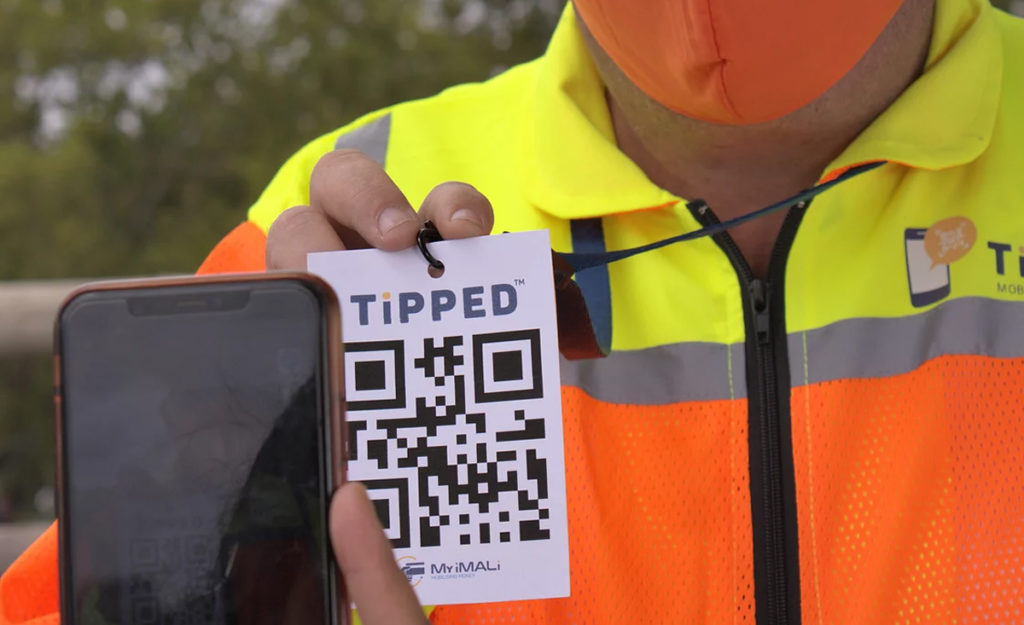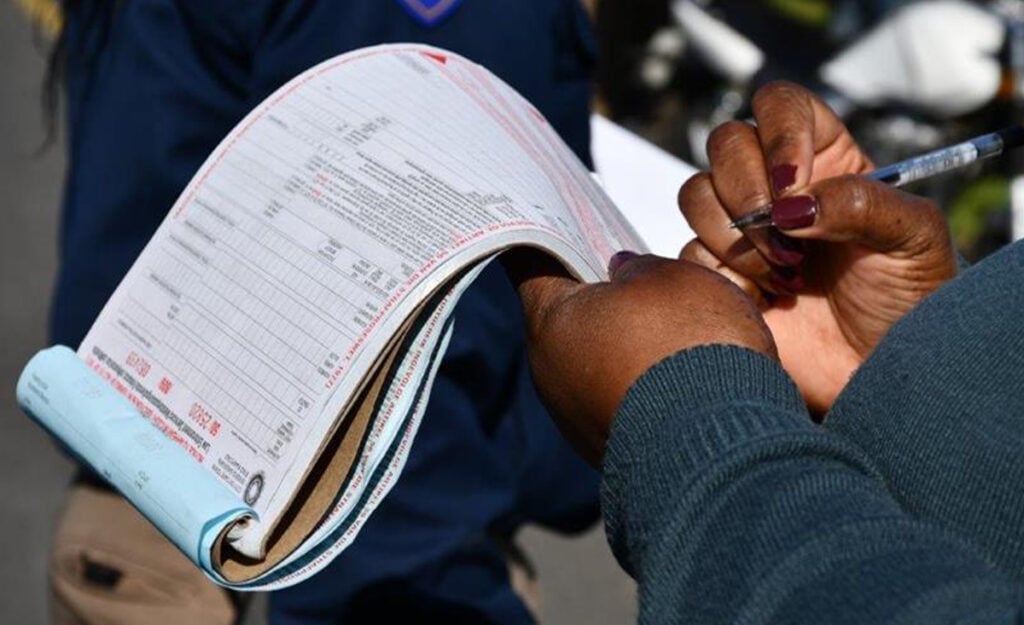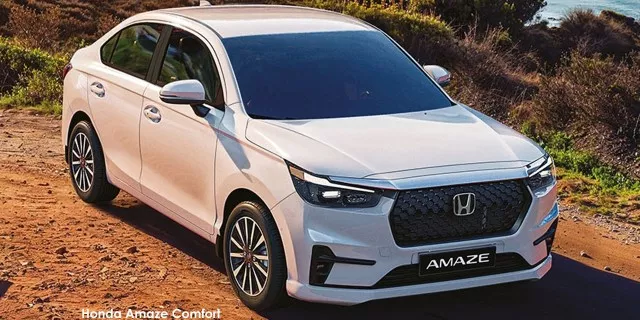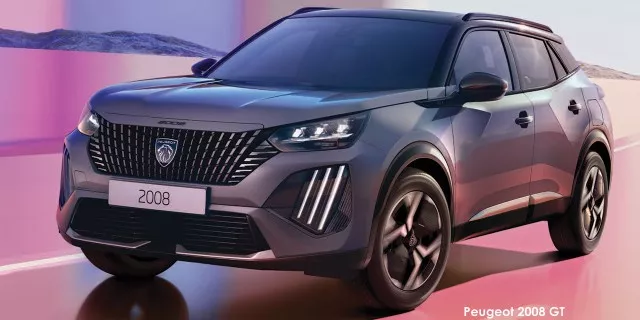10 cool facts about how the Ford Ranger is built in South Africa – With photos

The Ford Ranger is one of South Africa’s best-selling cars, and it also happens to be made right here in Gauteng.
The Blue Oval has a manufacturing plant in Silverton, Pretoria, which pumps out the bakkie at a rapid pace in order to keep up with demand both locally and abroad, showcasing what the country’s automotive industry is capable of.
In 2021, the company announced that it was investing R15.8 billion into the factory in order to expand its production capacity from 168,000 to 200,000 units annually in preparation for the launch of the next-gen Ranger in late 2022.
Since then, the site has benefitted from additional funding that has gone towards projects like 30,000 solar panels generating 13.5MW of electricity, to a R5.2-billion expansion for the new plug-in hybrid Ranger that will begin production later this year.
There is an on-site stamping plant, a highly-automated body shop, and new assembly operations on the trim, chassis, and final lines, all of which help play a vital part in enabling the facility to create hundreds of vehicles every day
10 cool facts about the Ranger’s production
Of course, none of this would be possible without the company’s staff who are rotated on a three-shift cycle every 24 hours, allowing Silverton to produce 720 cars per day, equating to one vehicle roughly every two minutes.
The staff is assisted by nearly 600 robots on the chassis line, with each chassis taking about three hours to build.
A single Ranger has between 3,000 and 4,000 welding spots, which are protected from corrosion by dipping the body in 12 separate chemical baths prior to painting.
The painting process is just as thorough, as every model is covered with approximately eight litres of Ford’s 3-Wet High Solid paint.
The 3-Wet paint is designed to be durable and chip-resistant and is formulated to be less CO2 intensive thanks to reductions in the size of the paint booths, decreasing numbers of paint purging, and smaller ovens to cure the coats.
After the painting phase, the bakkie is sent through a state-of-the-art paint scanner, which analyzes the body in order to detect imperfections in the coat as small as 0.2mm – less than the point of a needle.
There are more than 2,700 components that go into each high-rider, and every vehicle undergoes 1,000 quality confirmation checks before it is approved to be sent to a dealership.
One quality test involves a 20-minute spray with a high-powered washer, which is intended to simulate an intense rainstorm to check for any signs of water leakages.
After the water test, the pickup is put on the Squeak and Rattle Track, High Speed Track, and Rough Road Track to assess its build quality and handling before release.
As a final point of quality control, a single Ranger is selected at random from the line every day and subject to an examination using lasers and cameras to check things like the wheel alignment, headlights, and steering alignment.



